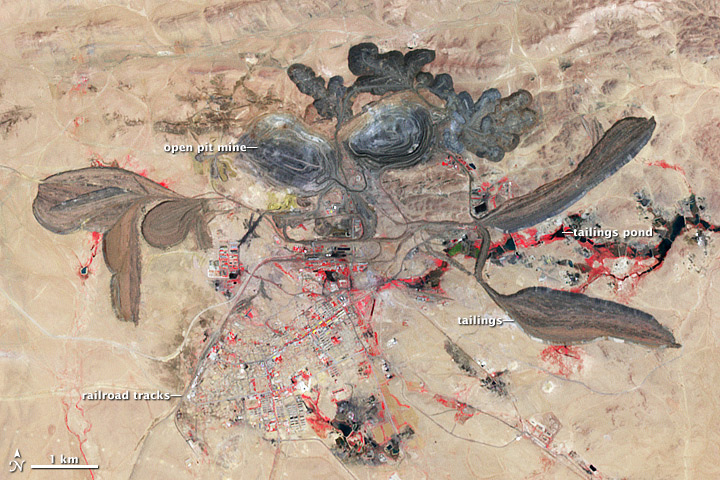By Alisha Pegan 9/23/2015
We have heard the case that living in a big city is one the “greenest” things you can do, especially in a megacity, or giant city, like Cairo, Tokyo, or New York City. The common assumption is as more people live in an area, then the less resources they use collectively. But is that true? In 2015, a group of international scientists released a groundbreaking report that answers this very question. They quantified the electricity use, water consumption, and waste generation for the world’s top 27 megacities. These cities include London, Beijing, Mumbai, New York City, and more, all with over 10 million people. The goal of the paper was to investigate how density, economic activity, and population growth affect the use of energy and resources, as well as confirm whether megacities are beneficial for sustainability.

Resource flows for megacities in 2011. (A) Energy use. (B) Water use including line losses. (C) Municipal solid waste production. Values shown are for the megacity populations scaled on a per capita basis from recorded data for the study area population (Methods). Source: Energy and material flows of megacities. http://www.pnas.org/content/112/19/5985
What did they find? New York City is far from sustainable in comparison to its counterparts. It uses more energy and water and produces more waste than any other megacity in the world. To give some context, annually, New York City (pop 22.2 million) uses 2,824 petajoule (PJ) which is equivalent to New York consuming one supertanker full of oil every 1.5 days. The image below can give a sense of scale for a super tanker.
On the other end of the spectrum is Kolkata, India (pop 16.3 million) which uses only one-thirty-sixth as much energy as NYC! To make it worse, New York City consumes 10.9 million megalitre of water in comparison to Jakarta, which consumes a low of 0.48 million megalitre. To top it off, the waste New York City produces is at least double that of all other megacities with approximately 33 megatonne per year in comparison to Dhaka with approximately 1 megatonne per year. New York City is one gluttonous city!
This is not to say that all developed megacities consume, use, and dispose the most, only the megacities in the United States do. Basically, New York City and Los Angeles are energy and resource hogs. Megacities in other developed nations, such as London, Moscow, and Tokyo have undertaken governmental conservation strategies to use less. For example, London decreased electricity usage as a result of a 66% increase in price, energy efficiency in buildings and appliances, and public awareness throughout the city. Moscow is serviced with district heating systems, meaning it uses waste heat from electricity generation. Tokyo has managed to reduce its water leakage rate to only 3% by replacing pipes and improving pipe material.
Based off the previous information, there is no evidence that megacities are sustainable since there is so much variance from city to city. You can, however, assess if you are living in a “green” megacity. First, look at how much land you have. Urbanized land (total developed land) per person and residential floor area per person are useful indicators for energy and electricity use. Therefore, any megacity that builds upwards instead of outwards uses less energy and electricity. Second, look at how much building space you have. Area per capita correlates with water consumption per capita, so in this case, residents in Los Angeles and New York consume more water because they have more building space. So, if you have a bigger house, you will use more water. Third, look at how much money you have. The study found that waste and emissions go up with Gross Domestic Product (GDP). Electricity, transportation, and waste disposal significantly increased because of growing GDP.
It really matters where you live if sustainability is your life’s concern. While you can make it a priority to live a “green” life, where you live will strongly affect your energy and resource consumption. So, nope, you’re not doing us all a favor moving to New York City. Maybe move to Jakarta instead.












